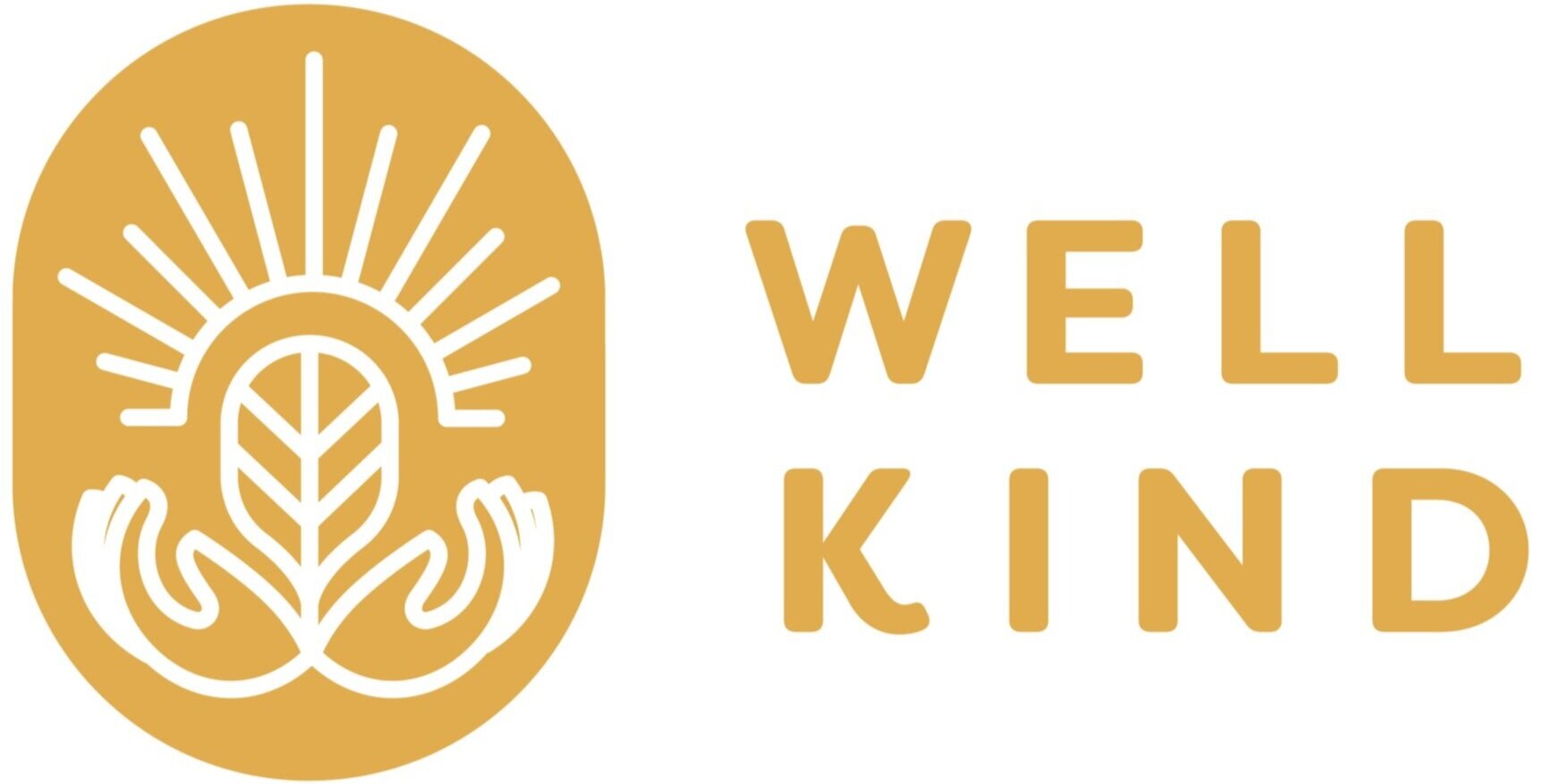How Our Society Emits Environmental Racism
By Samantha Dvorin, WellKind Forestry Intern
Samantha Dvorin was an intern for WellKind Forestry during our spring 2022 session, exploring environmental racism and other ecological issues.
When people think of the environment, the first thing that often comes to mind is how they can save it. How can they help lower carbon emissions or lessen the effects of climate change on the natural world? Ironically, the effects the climate crisis has on humans is often an overlooked topic.
If it is brought to light, most people focus on what they can see in front of them: constant flooding, hurricanes, droughts, and wildfires. Most people view climate change as a one-dimensional topic that has been brought on by people and worsened by large corporations emitting fossil fuels. But what people are affected most by those emissions, especially healthwise? People of color (Patnaik, et al., 2020).
Environmental racism is a term used to describe the unequal effects of environmental hazards and lack of access to necessary environmental resources for people of color (Patnaik, et al., 2020). This generally results in more heavy pollution and hazardous waste in communities of color, which makes living conditions much worse. The effects of air pollution on these communities is one of the most apparent racial disparities seen in environmental racism.
For one, according to the EPA, more than 130 million people in the United States do not live in an area with air standards that meet the standards established under the Clean Air Act (Li, et al., 2019). This unhealthy air quality is often caused by factory emissions. African American, Native American, and Hispanic communities are more likely to be chosen as places to host waste disposal factories and other major sources of pollution (Li, et al., 2019). This results in higher exposure to emissions and worse environmental quality.
Furthermore, many health issues among people of color occur due to worse air and water quality. According to the federal Centers for Disease Control and Prevention, black children are twice as likely to have asthma than white children (McClurg, 2016). The people in these over-polluted communities are ignored by the government and adequate healthcare is often inaccessible to many. The appearance of more polluters in communities of color may suggest that regulations and economic decisions rely on who lives in the area ( Newkirk II, 2018). Environmental racism is directly connected to racial and ethnic inequalities in the healthcare world (Bravo, et al., 2016).
Like racism in general, environmental racism is a controversial and often-ignored subject. The intersection of racism and the climate crisis is understudied, and activists are some of the only people putting effort into promoting environmental justice.
As an intern for WellKind, I got to listen to a presentation from two Youth vs. Apocalypse leaders, Rene Revolorio Keith and Arely Guarneros-Coyotl. Youth vs. Apocalypse is a climate justice activism group working to lift young voices of color to create a more equal and just world (Youth vs. Apocalypse, 2021).
In their presentation, Rene and Arely discussed the activism that the organization does to make sure that people are treated fairly no matter where they live. They have monthly protests about topics like advocating against the use of teachers pension funds for the fossil fuel industry and stopping Governor Newsom from approving new oil and gas permits. They stated, “Corporations and governments target low-income communities of color with pollution and violence on all levels.” The government controls air and water since they can choose where the pipes are, where people get their water from, and where companies are allowed to build polluting machinery. Wealthier people can avoid this machinery being built in their communities, and due to America’s history of segregation, redlining, and Jim Crow laws, white people are disproportionately wealthier than people of color. This leaves companies to build their emission-pumping factories in lower-income, and largely non-white, communities.
Environmental racism should be at the forefront of climate crisis activism, as harmful emissions are directly impacting vulnerable populations. Acknowledging the links between racism and climate change means that environmental activism as a whole has to change. In the past, protesting against racism and climate change have stayed completely separate, but organizations like Youth Vs. Apocalypse are highlighting the deep interconnectedness between them. If your interested in getting involved with Youth Vs. Apocalypse, please visited their website at https://www.youthvsapocalypse.org/. They host monthly rallys, offer internship opportunities, and give students the chance to start clubs in collaboration with Youth Vs. Apocalypse at schools.
References
Bell, M. L., & Ebisu, K. (2012, August 10). Environmental Inequality in Exposures to Airborne Particulate Matter Components in the United States. NCBI. Retrieved April, 2022, from https://www.ncbi.nlm.nih.gov/pmc/articles/PMC3546368/
Bravo, M. A., Anthopolos, R., Bell, M. L., & Miranda, M. L. (2016, July). Racial isolation and exposure to airborne particulate matter and ozone in understudied US populations: Environmental justice applications of downscaled numerical model output. Science Direct. Retrieved April, 2022, from https://www.sciencedirect.com/science/article/pii/S0160412016301386
Gardiner, B. (2020, June 9). Unequal Impact: The Deep Links Between Racism and Climate Change. Yale E360. Retrieved April, 2022, from https://e360.yale.edu/features/unequal-impact-the-deep-links-between-inequality-and-climate-change
Li, Z., Konisky, D. M., & Zirogiannis, N. (2019, August 2). Racial, ethnic, and income disparities in air pollution: A study of excess emissions in Texas. PLOS. Retrieved April, 2022, from https://journals.plos.org/plosone/article?id=10.1371/journal.pone.0220696
McClurg, L. (2016, June 7). Why Are Black Children So Much More Likely To Die Of Asthma? : Shots - Health News. NPR. Retrieved April, 2022, from https://www.npr.org/sections/health-shots/2016/06/07/481092103/scientsts-seek-genetic-clues-to-why-asthma-is-deadlier-in-blacks
Newkirk, V. R. (2018, February 28). A New EPA Report Shows That Environmental Racism Is Real. The Atlantic. Retrieved April, 2022, from https://www.theatlantic.com/politics/archive/2018/02/the-trump-administration-finds-that-environmental-racism-is-real/554315/
Patnaik, A., Son, J., Feng, A., & Ade, C. (2020, August 15). Racial Disparities and Climate Change — PSCI. PSCI Princeton. Retrieved April, 2022, from https://psci.princeton.edu/tips/2020/8/15/racial-disparities-and-climate-change
Youth Vs. Apocalypse. (n.d.). About Us. Youth Vs. Apocalypse. Retrieved April, 2022, from https://www.youthvsapocalypse.org/about1



